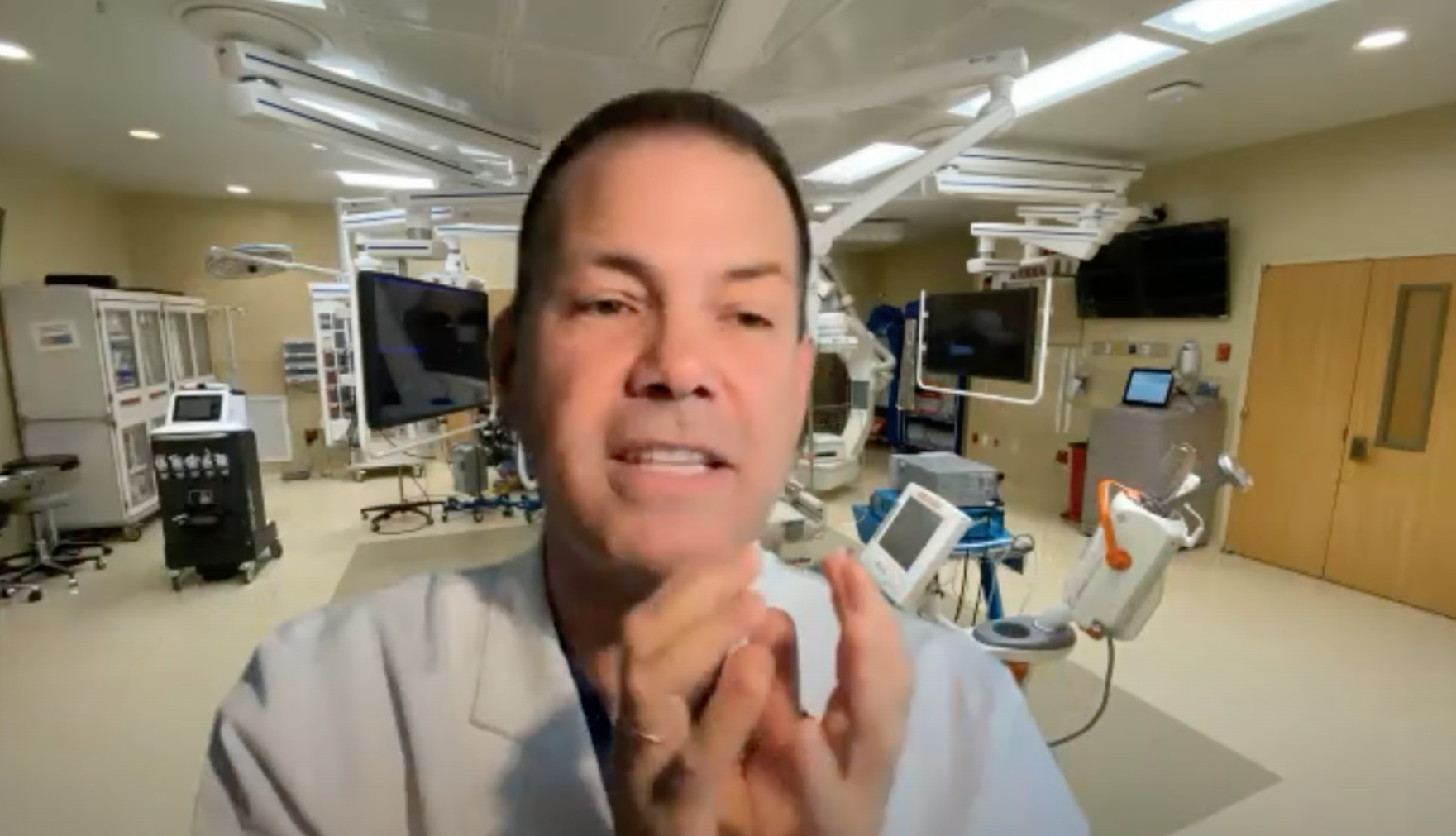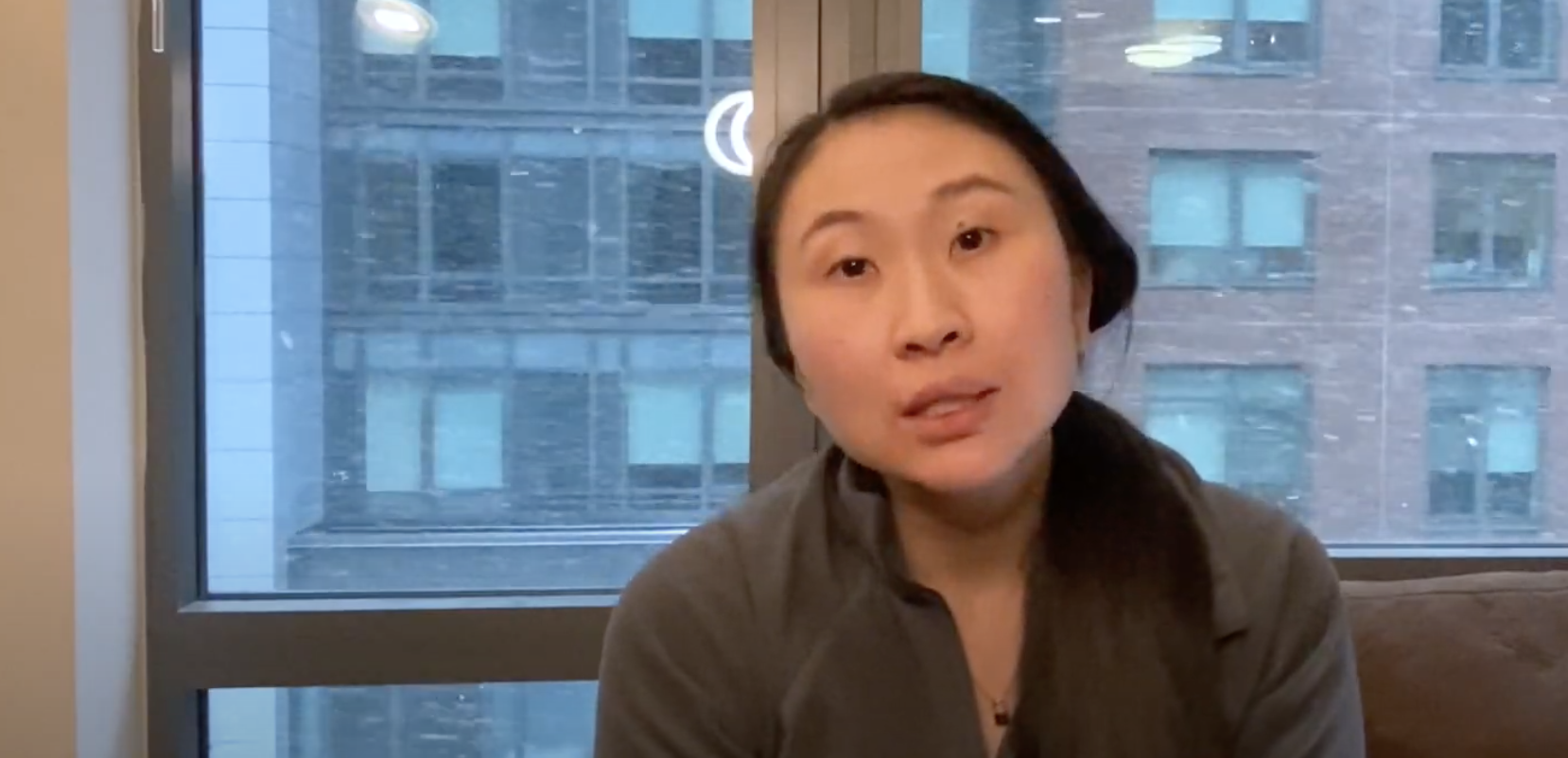Hernia Prevention After Prostatectomy
Reuters Health • The Doctor's Channel Daily Newscast
Up to 20% of men develop inguinal hernia within 3 years after radical prostatectomy, Dr. Johan Stranne and colleagues at Sahlgrenska University Hospital, Göteborg, note in the September issue of the Journal of Urology. Most such hernias protrude through a defect in the area of the internal ring of the inguinal canal, probably caused by the lower midline incision used during radical retropubic prostatectomy, the authors explain.
They investigated whether a prophylactic narrowing of the internal ring would lessen the occurrence of inguinal hernia in 294 men scheduled for radical retropubic prostatectomy.
The surgical intervention involved placing a figure-of-8 suture between the transversus arch and the iliopubic tract lateral to the spermatic cord, thus narrowing the opening of the internal ring. This was done on either the left or the right side in random fashion, with the opposite side serving as the control site.
At the end of the trial, the men were examined by a physician blinded to the intervention side. The cumulative incidence of inguinal hernia after 36 months was 3.5% on the intervention side and 9.1% on the control side, Dr. Stanne’s group reports. That translates to a significant reduction of 62% (p=0.011)
The team found that the prophylactic procedure on one side added 5-10 minutes to the prostatectomy procedure.
Complaints of postop discomfort reported by the patients were the same for the intervention and the control sides.
The researchers conclude, “This method is easy and safe, causes few if any complications and, therefore, should be considered for these patients.”
Reference:
Post-Radical Prostatectomy Inguinal Hernia: A Simple Surgical Intervention can Substantially Reduce the Incidence—Results From a Prospective Randomized Trial
J Urol 2020;184:984-989.






